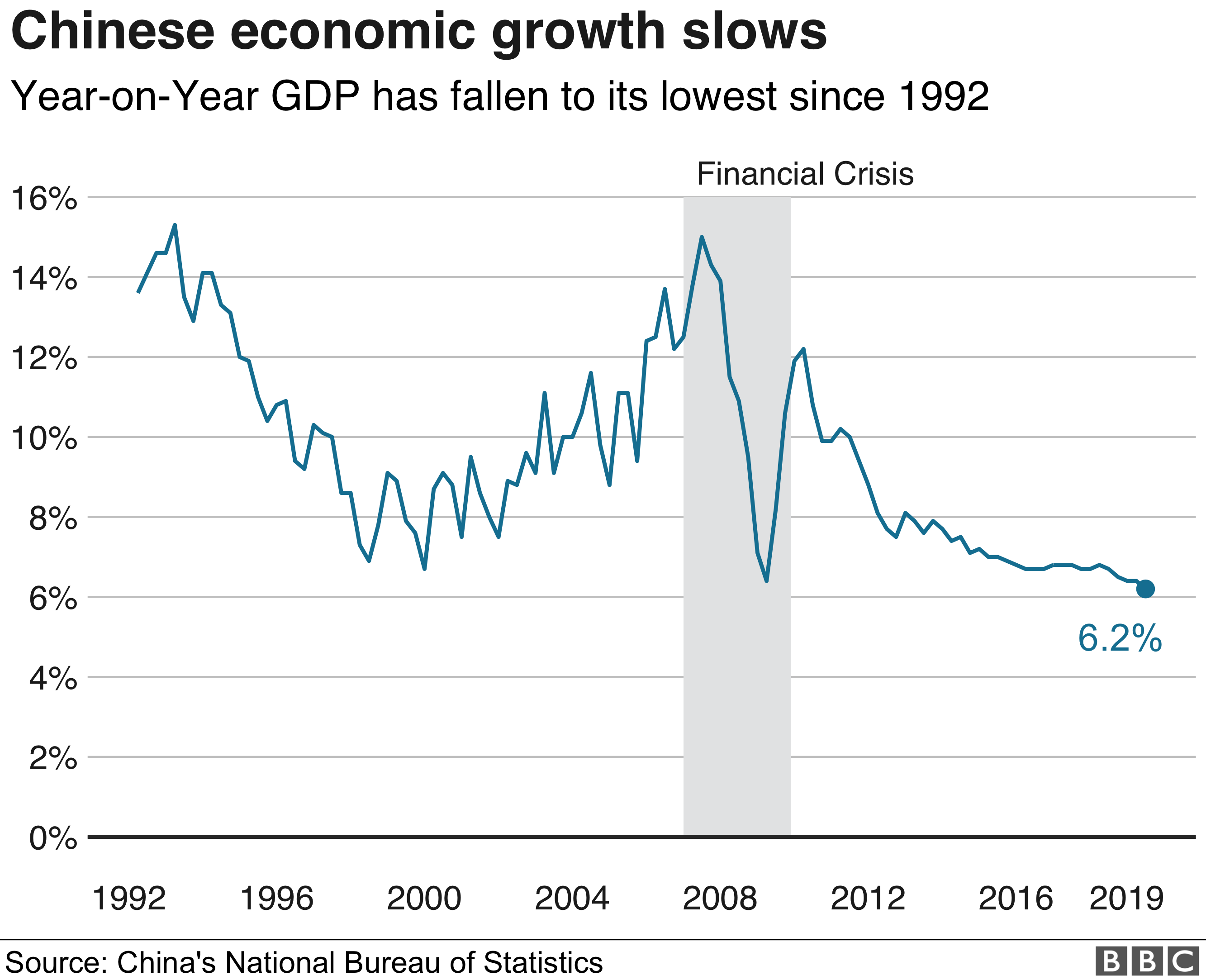
The 4.7% growth rate, below the anticipated 5%, highlights the challenges facing the world's second-largest economy. Analysts point to several factors contributing to this slowdown, including reduced consumer spending, weakened export demand, and ongoing structural adjustments within the economy. The figures come at a time when the global economy is grappling with inflationary pressures and geopolitical tensions, further exacerbating market uncertainties.
The Chinese government has been implementing measures to stabilize growth, such as infrastructure investments and easing monetary policies. However, these efforts have yet to yield the desired acceleration. Economists suggest that more robust reforms may be necessary to sustain long-term growth. They emphasize the need for policies that enhance productivity and stimulate domestic consumption.
The oil market has felt immediate effects from China's economic performance. As one of the largest importers of crude oil, China's demand significantly influences global prices. The International Energy Agency (IEA) noted that lower-than-expected growth in China has led to downward pressure on oil prices, with Brent crude and West Texas Intermediate experiencing notable declines.
Energy analysts are closely monitoring China's industrial output and manufacturing activities, key indicators of future oil demand. The manufacturing sector, a critical driver of China's economy, has shown signs of sluggishness. Recent data indicate a contraction in factory output, reflecting weaker global demand and supply chain disruptions. This has prompted revisions in oil demand forecasts, with some predicting a slower recovery in the coming months.
Beyond oil, China's economic health holds substantial implications for global markets. Major economies heavily rely on Chinese exports, and any significant slowdown could ripple through supply chains worldwide. The United States, Europe, and other regions are particularly attentive to these developments, given their intertwined trade relationships with China. A prolonged slowdown may necessitate adjustments in trade policies and economic strategies to mitigate adverse effects.
Market reactions to China's economic data have been mixed. Stock markets in Asia saw declines following the announcement, with investors expressing caution over potential repercussions. Meanwhile, commodity markets, including metals and agricultural products, also experienced volatility as traders reassessed demand projections.
Financial institutions and rating agencies are reevaluating their outlooks for China's economic performance. Some institutions have downgraded growth forecasts for the year, citing persistent challenges and external uncertainties. The focus remains on how effectively the Chinese government can navigate these complexities and implement policies to bolster economic resilience.
Amid these concerns, there are also optimistic perspectives. Some experts believe that China's long-term economic fundamentals remain strong, underpinned by a large domestic market and technological advancements. They argue that strategic policy interventions could steer the economy back on a sustainable growth path.
The international community continues to watch China's economic developments closely. Trade partners, investors, and policymakers are keenly aware of the potential global ramifications. As China grapples with its economic challenges, the strategies it adopts will play a crucial role in shaping the future landscape of global trade and economic stability.
Topics
Live News
